Washington state law requires local jurisdictions to hold elections during odd years. But fewer voters turn in ballots in odd years, meaning local elected officials represent a smaller portion of voters. The Evergreen State could see a bill during the 2019 session to switch to even-year elections from current lower-turnout, odd-year elections and give more voters a voice.
Even if some don’t make it all the way through the ballot, it’s still better participation than odd-year local elections.
Some state legislators worry that even-year ballots would grow too long, deterring voters from making it all the way to local races at the bottom of the ballot. It is true that more people vote for races at the top of the ballot—like President of the United States—than for races at the bottom, like Port Commissioner. The technical term for this is “down-ballot drop-off.” But is down ballot drop-off steeper than the boost in overall even-year turnout? Washington legislators are in luck: they can look to natural experiments in Oregon and in their own backyards to answer their questions. Cities, counties, and commissions in Oregon already hold elections in even years and so do Pierce and Clark counties in Washington. And like Washington, Oregon counties administer all of the state’s elections, offering an apples-to-apples comparison.
The data shows the ballot gets long but more people vote. Even if some don’t make it all the way through the ballot, it’s still better participation than odd-year local elections.
To reach that conclusion, I looked at the largest counties in Oregon and Washington and identified nine 2018 contested, county-wide races in Oregon and two in Washington. Voter participation in those races ranged from 52 to 69 percent. I compared those with nine contested, county-wide races in Washington in 2015 or 2017. Participation in those elections ranged from 23 to 43 percent. The results couldn’t be more clear: even with a long ballot, solid majorities of voters in Oregon and Washington contribute their say in local races in even-years compared to a mere one-third or so of Washington voters in odd-years.

Original Sightline Institute graphic by Devin Porter of Good Measures, available under our free use policy.
To be clear, Oregonians and Washingtonians participated in the 2016 presidential year elections at the same rate—both averaged about 78 percent turnout. That data only reinforces the notion that Washington is cutting a large swath of voters out of the local process by holding most local elections in odd years.
Research Note:
While they are thinking about odd- and even-year elections, legislators might want to do another bit of housekeeping–pay for their share of even-year elections. Right now, counties pay to administer elections and the recover some of their costs by billing other jurisdictions for their share. But the state only pays in odd-years, not in even. I don’t know how this odd (pun intended) situation arose, but it unfairly burdens counties with millions of dollars in costs of even-year state elections. Moving more elections to even years, and making all jurisdictions pay their share could reduce costs for everyone by spreading fixed costs across more races.
Methodology
- I identified the ten most populous counties in Oregon and ten in Washington.
- For each Oregon county, and also for Pierce and Clark counties in Washington, I looked at 2018 election results and identified a contested (two or more options on the ballot) county-wide race. Only Lane County did not have such a race.
- For each Washington county, I looked at 2017 election results and identified a contested (two or more options on the ballot) county-wide race. Snohomish, Spokane, Clark, and Skagit did not have such a race. For those, I looked at 2015. Only Skagit still did not have such a race.
- I recorded the total number of registered voters in the county, the total number of ballots turned in during that election and the number of votes for the county-wide race. I divided the number of votes in the local race by the number of registered voters in the county to find the voter participation percentage in the county race.
- For each county, I also recorded the total number of registered voters in the county, and the total number of ballots turned in during 2016 to find the voter participation percentage in 2016.
- You can see the details here.

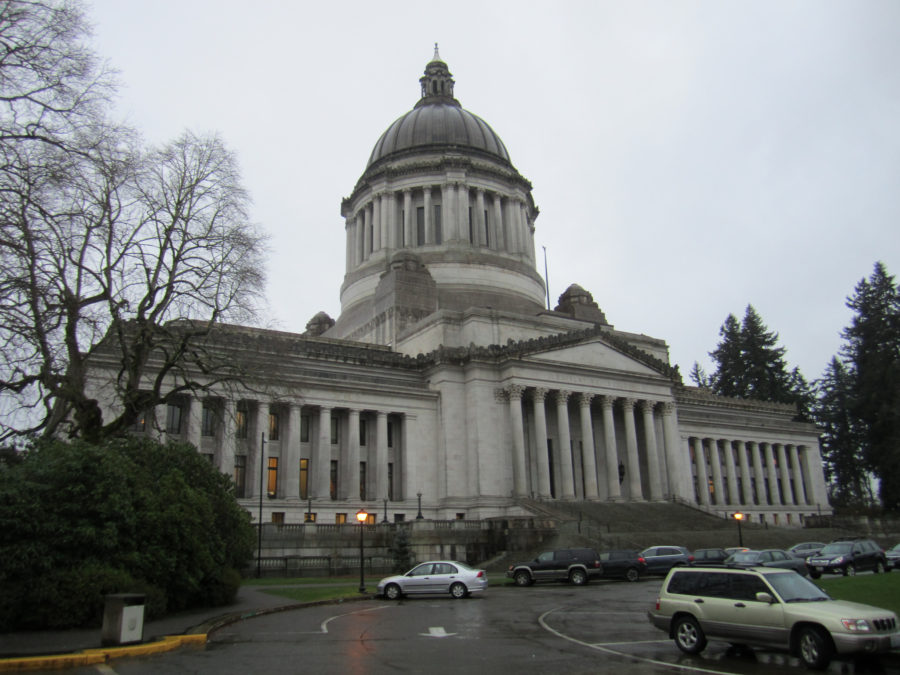
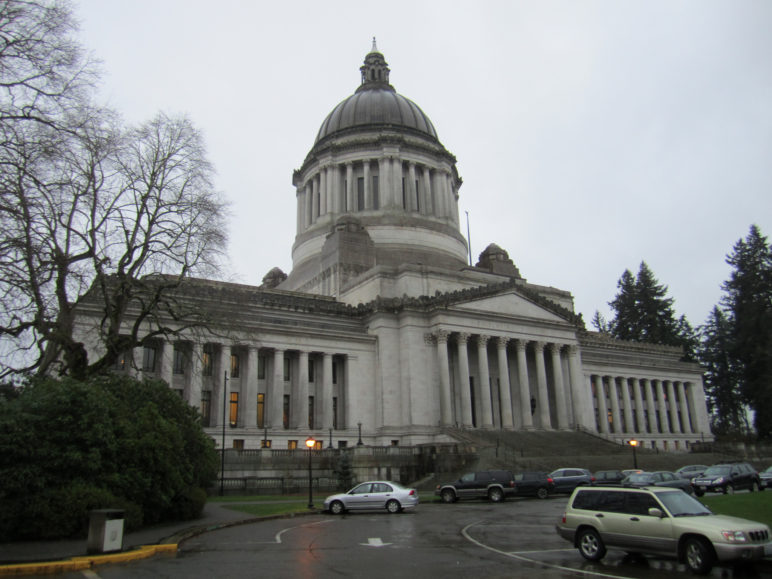
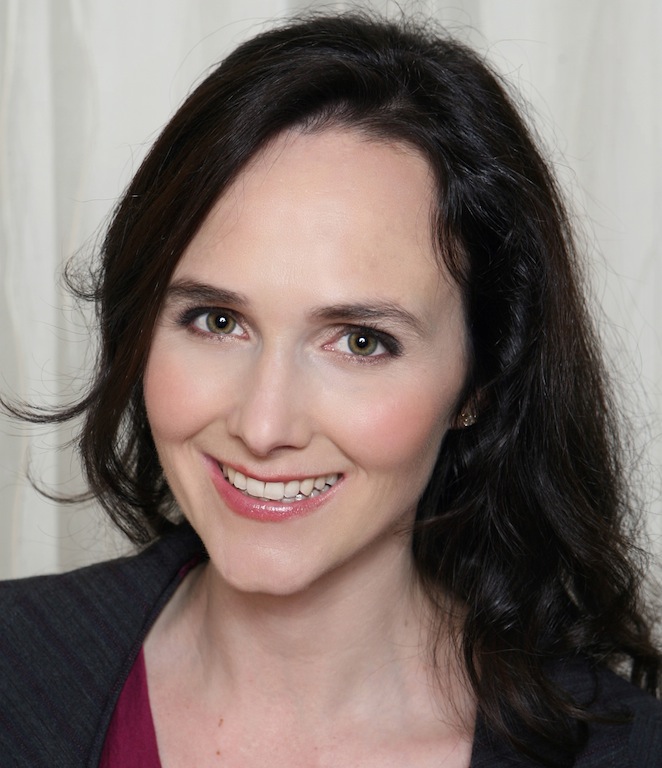


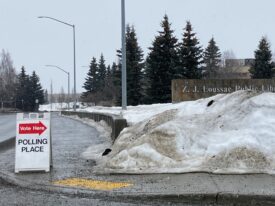
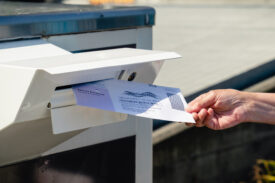
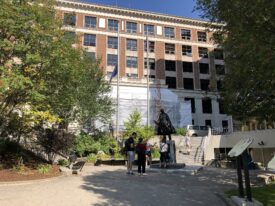


Steve
Just more BS Just like Democracy Vouchers –
a waste of taxpayer money !
Jean
DVs horrible!!!
Immoral the way the donation bar can be lifted just by requesting such. DVs only allow folks to donate OTHER PEOPLE’s MONEY to supposedly keep it grass roots. Still big, even out of town and state, money in involved campaigns
RDPence
Kristin, I’d like to see a count of the total number of races and ballot issues on a combined ballot in even-numbered years. In presidential years, we have about a dozen statewide offices, plus congress, plus legislators. Add to that all the city, county, school board, port commissioner races, etc. ~ what would that number grow to?
Voter fall-off isn’t the only issue, it’s also voters’ decision fatigue. The more decisions they have to make, the less time available to devote to each.
Colin Cole
Oregon also has statewide offices, congress, legislators, city, county, school board, port commissioner races, etc…. This is as close to comparing apples-to-apples as we’re going to get.
To your other point, I think that meaningfully measuring “decision fatigue” would be quite difficult. But even if we could measure it precisely and saw that, indeed, longer ballots led to voters spending less time considering each race, you’d be hard pressed to convince me that it would be worth cutting turnout rates in half to combat said decision fatigue.
What’s a better system – 30% of people thinking 3.2 minutes per office and making all the decisions, or 70% of people thinking for 2.1 minutes per office and making the decisions? There’s no objective answer here – different philosophies will lead people to different conclusions – but I, personally, would always choose the 70% in this case.
If you think my time estimates are too short, I’ll say this: most voters don’t spend a big chunk of time thinking over all the candidates, going to each of their websites and reading their positions, methodically gathering in formation; for most offices they just reflect on the mail they’ve received over the past few weeks, read positions in the voter’s pamphlet, and look at endorsements.
Research suggests that for many, many people, voting is less an exercise in making weighted choices and more an exercise of confirmatory decision-making (IE identifying as party X and so choosing to vote for candidates affiliated with that party), making quick and efficient decisions based off of minimal data, and/or just following one’s gut.
RDPence
I just don’t like enormous bedsheets ballots. But as your final paragraph notes, they may lead to more party-line voting, and as a party activist I should support that.
Annual general elections have been tradition in Washington for several decades, and I seriously doubt Olympia has any interest in changing. Better to focus our election reform energies on Ranked Choice Voting.
Oregon may not be a good apples-to-apples comparison. They have fewer statewide offices on the ballot, and non-partisan offices are on the November ballot only when no candidate receives a majority in their spring primary (in Portland anyway).